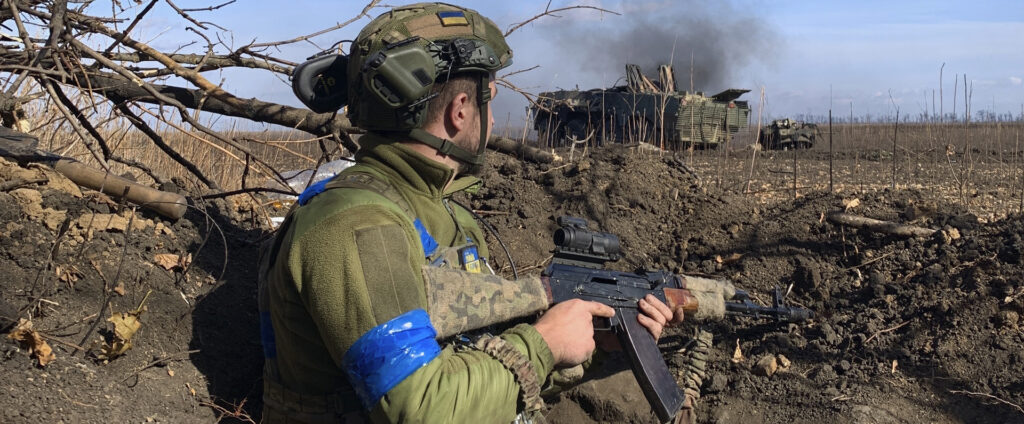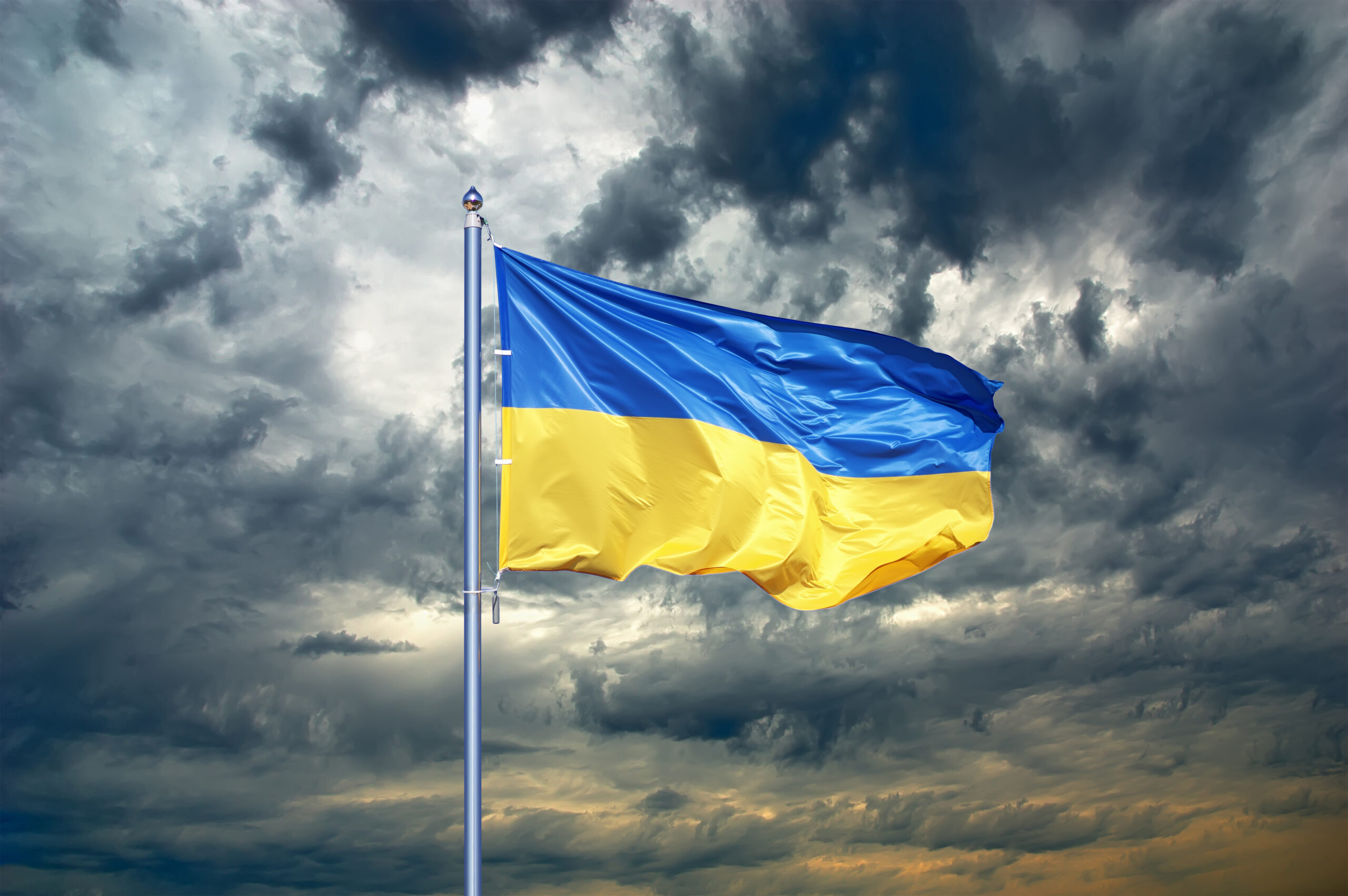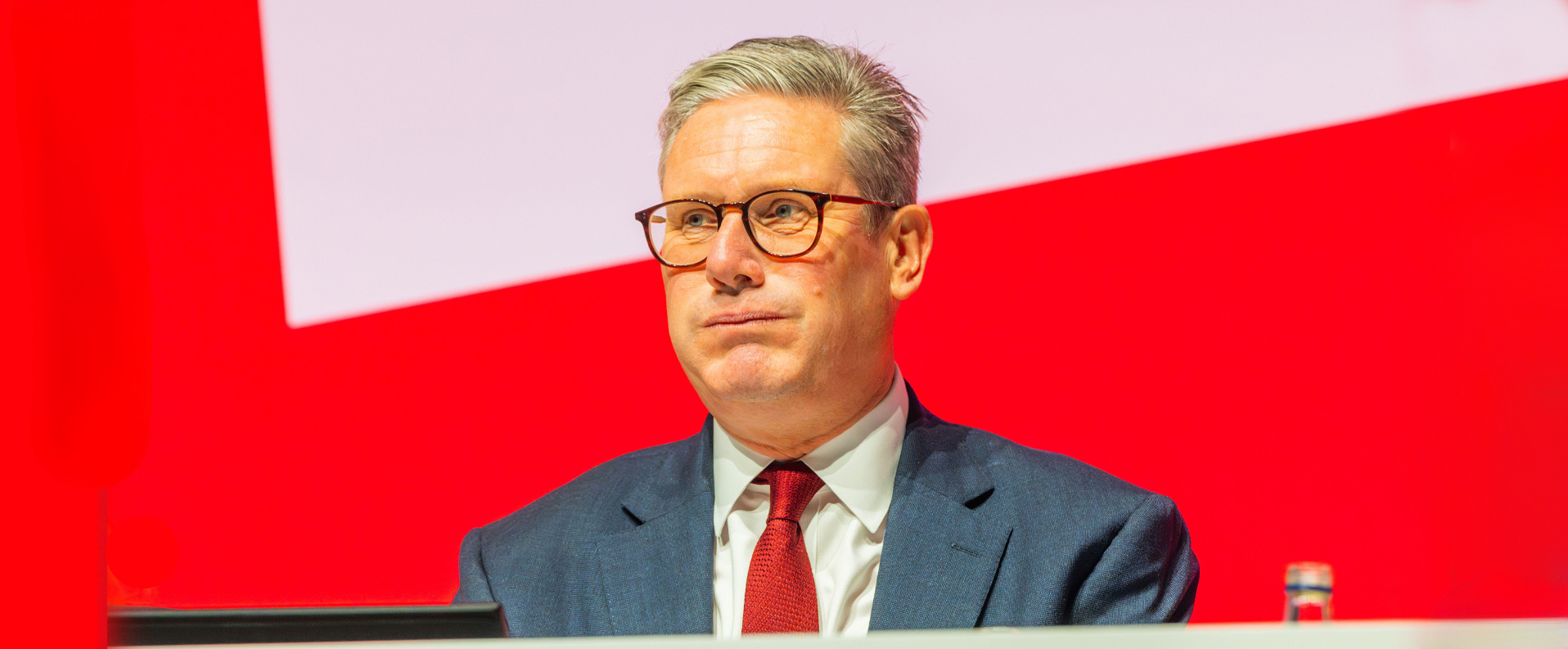
Published in the Daily Express on 10 May 2025.
Exclusive: Drones are taking over war zones, but not just as weapons. As Lord Ashcroft reports from Kyiv, they’re now providing round-the-clock overwatch … and the incredible footage they capture is also being used to distinguish bravery.
The emergence of sophisticated aerial drones over the past three years of Ukraine’s brutal war with Russia has changed the shape of global warfare forever. However, it will also alter the way in which we recognise gallantry. While so-called “kamikaze drones” are used to attack targets and kill service personnel, the modern battlefield is also under scrutiny like never before from “reconnaissance drones” which record footage around the clock.
When someone shows exceptional courage – but their bravery is either witnessed by very few or even none of their comrades – they can still be decorated on the basis of a video recorded from the skies. As someone with a lifelong interest in the concept of courage and the owner of the largest collection of Victoria Crosses in the world, I considered this to be a fascinating development. So much so that I travelled to Ukraine to hear the account of a prolonged act of bravery – recorded by numerous drones over several hours – which almost defies belief.
Senior Soldier Ivan Chornyi, now 26, was awarded his country’s premier bravery award – the order of “Golden Star” as a “Hero of Ukraine” – largely on the basis of footage seen by the-then commander-in-chief of the Armed Forces of Ukraine. Chornyi – the son of a mill worker and the football-loving middle child of three from a village in the Poltava region – was a factory hand living in Poland when Russia invaded his homeland in February 2022. Chornyi immediately returned to Ukraine to serve his country in its hour of need.
Then aged 23 and with no military experience, he initially struggled to find a unit that would take him but eventually enrolled in a private security outfit and, later, the 116th Separate Territorial Defense Brigade. Soon Chornyi, 5 feet 11 inches tall with light brown hair and a beard, was fighting in and around the eastern city of Bakhmut, which has witnessed some of the most brutal fighting of the war. However, he warmed to his task and thrived on the sense of camaraderie that he experienced.
In October 2023 – 20 months into the all-out war and by then 25 years old – Chornyi was involved in the heavy fighting close to Avdiivka. Early on October 19, he and two other Ukrainian fighters were tasked with restoring a defensive line of anti-tank mines that had been damaged by enemy fire. However, the area they needed to reach was heavily defended by Russian infantry. Their dramatic day began shortly after dawn when they advanced on foot, with their AK-74 Kalashnikov assault rifles in their hands. Soon realising they’d face around 20 enemy soldiers before they could replace the mines, their progress was slow.
“There was a constant firing between the two sides who were only some 20 to 25 metres apart,” he told me in an exclusive interview. “So I decided to get behind enemy lines and attack them from the rear. In order to distract the enemy soldiers, we [his comrades] used a drone because we knew they would look to see if it was a reconnaissance drone or whether it was carrying a munition.
“While they were distracted, I jumped out of the trench and ran alone to the enemy side and then I jumped into the hole caused by a missile so I couldn’t be seen. As I peered out, I could see the enemy soldiers still looking up at the drone. I then ran towards four Russian soldiers. I killed three of them immediately. My comrade terminated the last one with a grenade. There were three more Russians hiding behind a blown-up armoured vehicle only a few metres away. I threw a piece of metal to one side to distract them and went around the opposite side and managed to kill all three of them.
“As I advanced through the field, a Russian soldier popped out of a shell-crater and shot at me, but luckily he missed. Then another Russian was shooting at me from one side, but I managed to shoot him too. I advanced towards the crater and then I heard him [the last Russian] run out of bullets – it makes a distinctive sound – and so I shot him too.”
But Chornyi still had 150 to 200 yards to advance before he reached the area that desperately needed re-mining. “It was decided I would run to put the two [heavy] TM-62 anti-tank mines in position,” he said. “It was agreed my comrades would give me covering fire – sometimes I jumped into crater holes for cover. I laid one mine in position and threw another so that it was mission accomplished. At the same time, we found a Russian soldier hiding and we took him as a prisoner of war. It was odd because hand-made knives had been sewn into his clothes, all around his body.”
The prisoner told them that there was still one more Russian hiding in the field and that he was unarmed and wanted to surrender, too. By this point, having fought all day, it was night. Chornyi was using night-vision goggles as he walked ahead of the PoW, while one of his comrades was behind the Russian to make sure he did not escape.
“I could see quite a long way ahead of me with my NVGs and felt safe but then I saw a blown-up armoured vehicle on its side. When I shot at the vehicle from close range, I heard several Russian voices from inside the vehicle where they were clearly sheltering from the cold. They didn’t know there were only two of us so I started shouting instructions for lots of men to do this and that. I was giving the impression they had no chance against so many of us. Then I shouted to them that they were surrounded, that they had one chance to come out and surrender, or we would start throwing in grenades and start shooting, and they would all die.
“So they threw their weapons, grenades and knives out of the vehicle and they all came out. Then four men emerged from the vehicle and were surprised there were only two of us. We then had five PoWs in all to take back to the base.”
One of the Russians killed earlier in the day had a sophisticated sniper rifle, so Chornyi and his comrades took that back, too. Furthermore, key information from the PoWs on the positions of Russian artillery led to these weapons being destroyed.
It had been an incredibly successful 24 hours and most of the events had been caught on reconnaissance drones. That day, Chornyi had personally killed nine men, taken five as PoWs and seized precious equipment. Aided by his comrades, the young man had displayed unstinting courage and ingenuity. “I couldn’t believe I had survived the day. I try to be calm on the battlefield and give every decision real thought,” he told me. “I see myself as a protector, looking after my loved ones.”
CHORNYI, who was injured two weeks later by shrapnel during another assault, was only decorated because General Valerii Zaluzhnyi, then commander-in-chief of the Armed Forces and now the Ukrainian Ambassador to London, saw footage of the operation. Indeed, he recommended Chornyi for the prestigious “Hero of Ukraine” decoration, the nearest award to our VC.
The young soldier learnt of the award on June 24, 2024, and received it from President Volodomyr Zelensky at Saint Sophia’s Cathedral in Kyiv on July 15. Chornyi is now working on improving drone technology in the 412th Nemesis Regiment, a unit which specialises in destroying some of the most valuable Russian military equipment and, with it, many of their offensive plans.
He told me: “Most of the battles are being recorded by drones, essentially so they can see the events and learn lessons from them. This specific battle stood out because normally what we achieved would be a job for a whole assault brigade, but we decided it was preferable to use just a small number of men.”
The implications from the remarkable exploits of Chornyi and others like him in this war are that, in future, the award of gallantry medals is going to be an entirely different process. Just as a football referee now uses VAR to make his key decisions, military commanders all over the world will be studying films of the battlefield before awarding medals as prestigious as our VC.
Read this article on Express.co.uk
DOWNLOAD PDF


